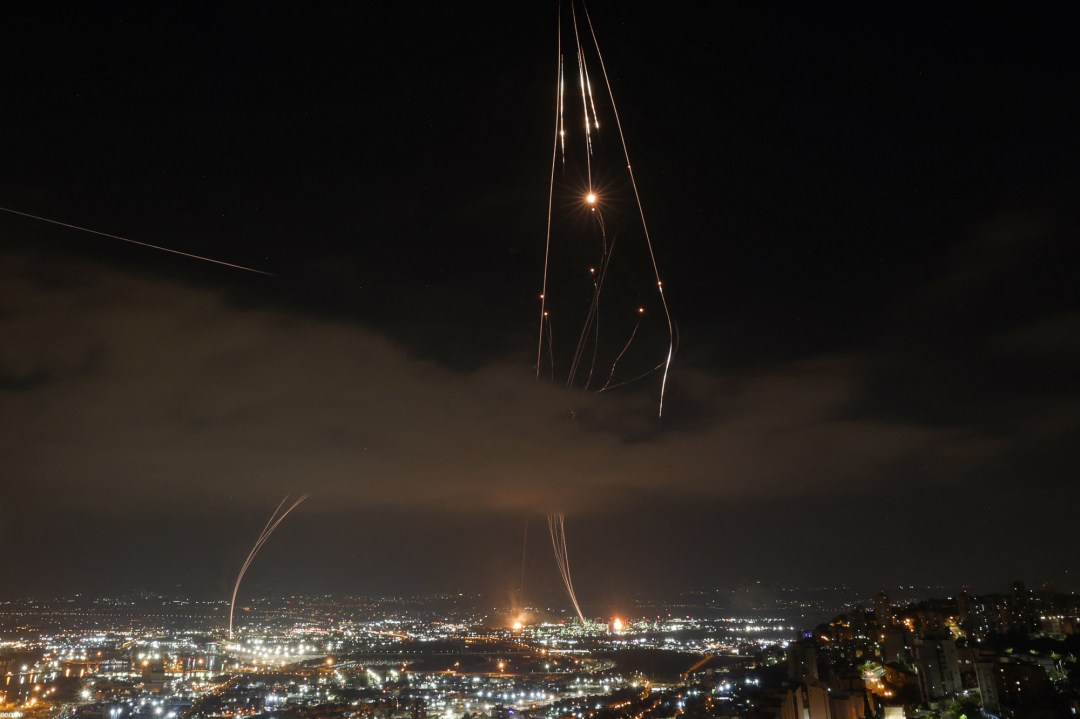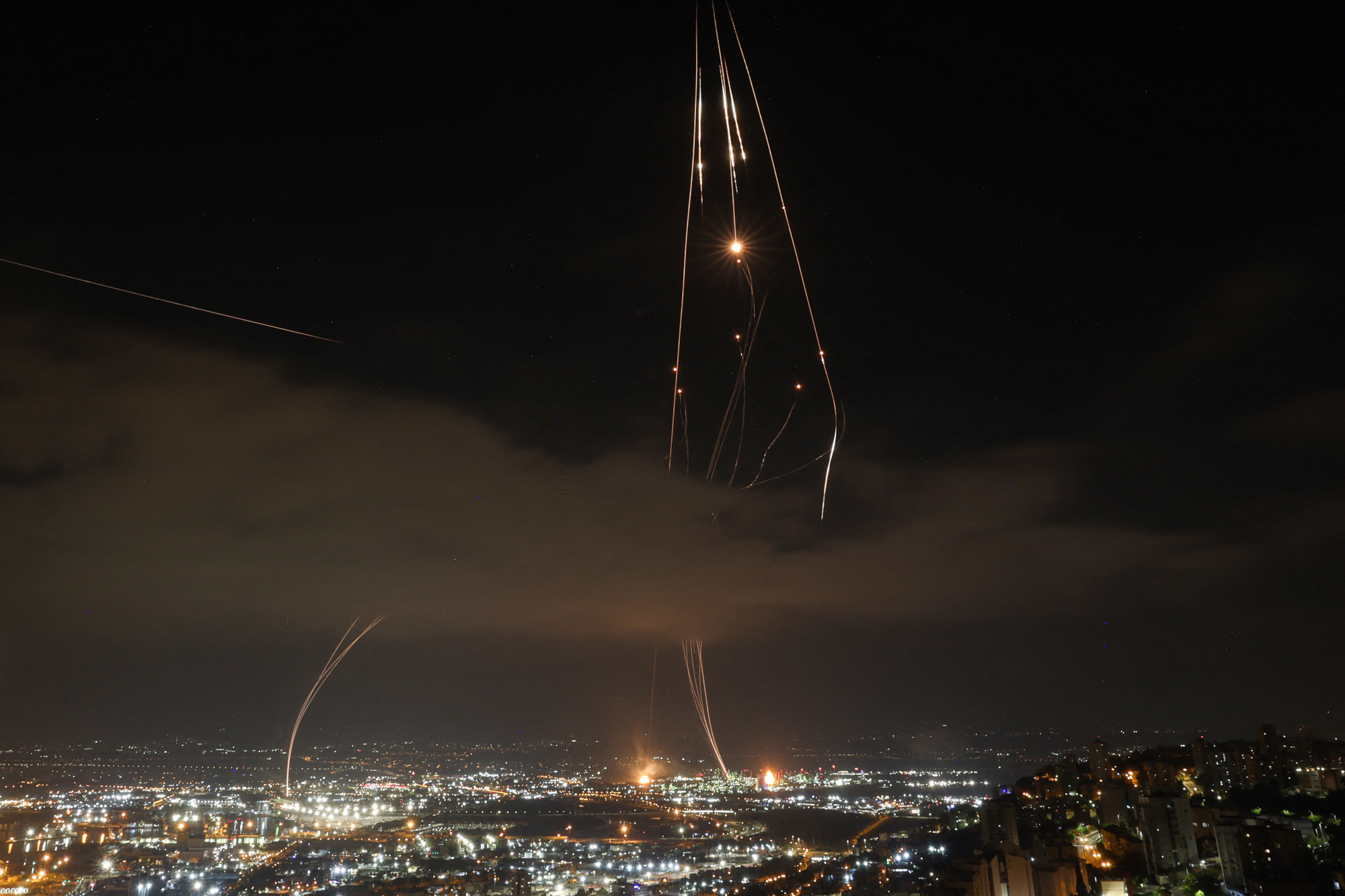Since the beginning of ‘Operation True Promise III’ – launched after Israel’s strikes on Iranian nuclear infrastructure, leadership targets, and military sites – Iran has fired over 370 ballistic missiles at Israel, according to the Israeli Prime Minister’s Office on Monday.
This is not the first time Israel has faced large-scale Iranian missile attacks. Similar volleys were launched in April and October 2024. The difference this time is that the strikes have caused casualties inside Israel. According to the latest reports, 24 people have been killed and roughly 600 injured in Iranian missile attacks.
Missile defence is often described as shooting a bullet with a bullet, except that the target travels at several times the speed of sound, making the task vastly more difficult
This raises an important question: have Israel’s widely praised air and missile defence systems underperformed – or even failed?
Israel relies on a layered air and missile defence system to protect its territory. The lowest tier is the well-known Iron Dome system, designed to intercept short-range threats such as mortar rounds and rocket artillery.
At the middle tier, Israel employs the David’s Sling system, optimised for intercepting low-flying long-range drones, cruise missiles, and ballistic missiles with ranges up to 300 kilometres. The top layer consists of the Arrow missile defence system, which engages incoming ballistic missiles – including those launched from Iran with ranges exceeding 1,000 kilometres – outside the atmosphere.
Compared to the rest of the word, Israel’s missile defence architecture is unique. Relative to the country’s small size, it has an unusually dense missile defence system, making successful penetration difficult. But no missile defence shield is flawless.
Intercepting an incoming ballistic missile involves guiding an interceptor – also known as a ‘kinetic kill vehicle’ – directly into the incoming warhead. Metaphorically, it is often described as shooting a bullet with a bullet, except that the target travels at several times the speed of sound, making the task vastly more difficult.
Over the last few decades, missile defence technologically has advanced dramatically, allowing states to engage and intercept incoming ballistic missile threats with relatively high certainty. But there is no guarantee it will work every time.
From previous missile defence engagements in 2024, we know that the intercept probability of individual Israeli ballistic missile interceptors is likely around 85 to 90 per cent. In other words, if ten interceptors are launched against ten incoming ballistic missiles, roughly nine are expected to be intercepted – while one is likely to get through. With two interceptors, the success rate exceeds 97 per cent. With three, interception is virtually guaranteed.
But missile defence interceptors are costly and complex to manufacture, with long lead times between order and delivery. Given that Israel’s stockpile was already depleted by the Iranian missile salvos in 2024, it likely no longer has the inventory to employ multiple interceptors per target.
Luckily for Israel it has two additional advantages at the moment.
First, the United States is supporting Israel with regional missile defences, notably a ground-based THAAD anti-missile system, as well as ship-based interceptors that are launched from the sea, allowing Israel to spend its own interceptor arsenal more slowly.
Second, the layered structure of Israel’s missile defence network often allows for a ‘shoot-look-shoot’ approach, whereby an initial intercept is attempted in the upper tier using the Arrow system. If that intercept fails and the failure is confirmed, a second attempt can be made in the medium tier using David’s Sling. This method helps maximise the probability of interception while limiting the number of interceptors fired.
Nevertheless, there is no magic trick to create a flawless missile defence. In fact, ‘leakers’ – incoming projectiles that evade all countermeasures thrown at them – are not only expected in a large-scale missile war like the one happening in the Middle East, they are a statistical inevitability.
According to the Israeli Prime Minister’s Office, 30 impact sites from Iranian ballistic missile strikes have been recorded. While it is difficult to independently verify this number, it corresponds with the relatively limited number of verified impact videos from cities such as Tel Aviv and Haifa circulating on social media.
Given that over 370 ballistic missiles were launched, this suggests that fewer than 10 per cent penetrated Israel’s missile defence network, a number that is broadly consistent with intercept rates observed in previous Iranian missile salvos.
In contrast to last year, however, Iran now appears to be aiming its missiles not at Israeli military sites but at infrastructure located in major population centres. This makes any missile defence failure far more consequential.
Where a failed intercept in 2024 might have left a crater on an airbase runway, it now risks destroying an apartment block in downtown Tel Aviv. Still, this does not negate the overall effectiveness of Israeli missile defences.








Comments